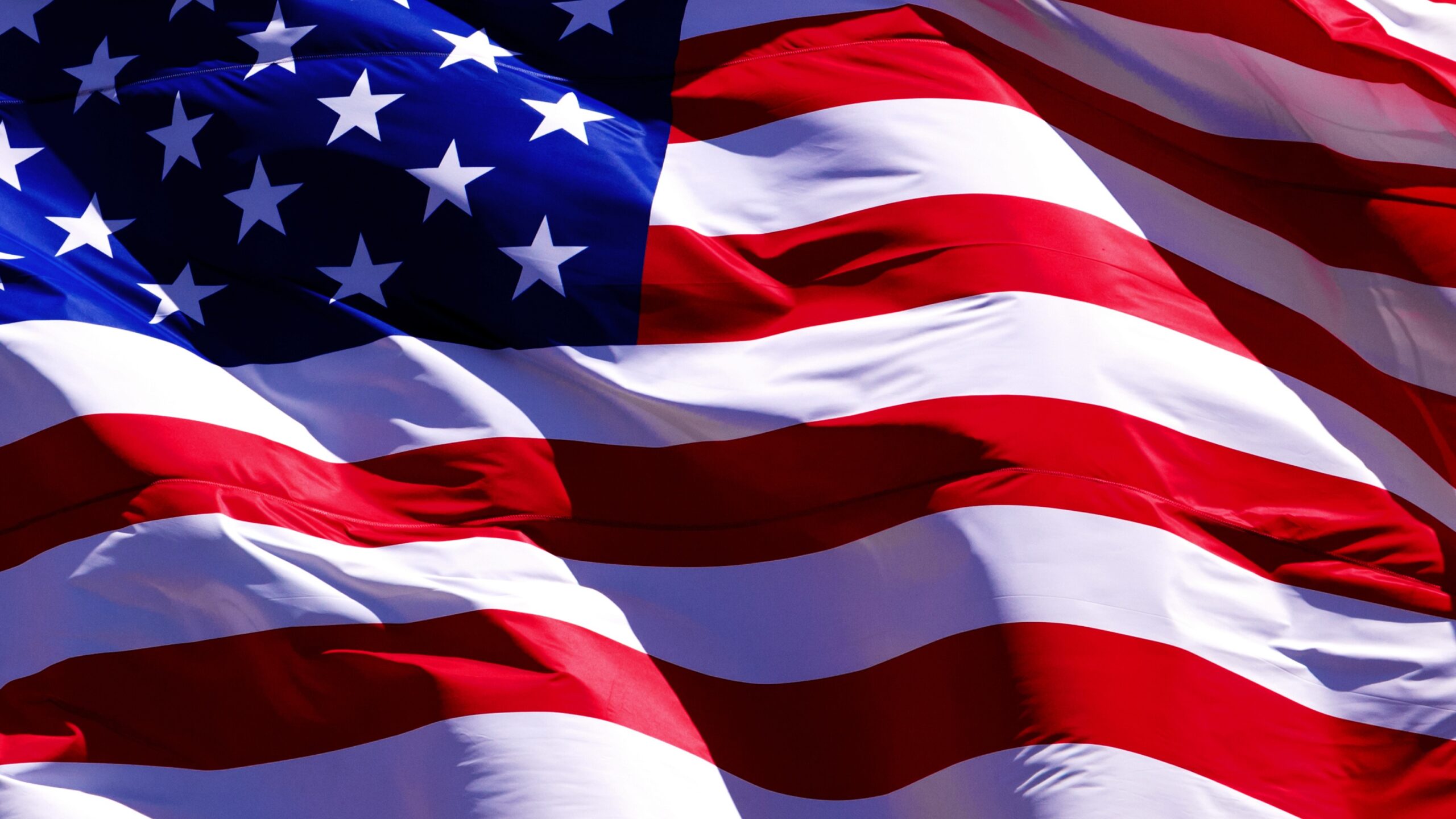April 12, 2023 – The Federal Food, Drug, and Cosmetic (FD&C) Act is the main law on cosmetic products in the United States. The Act has been recently amended by MoCRA, creating new obligations and requirements for beauty brands.
If you want to place your product on the US market, the first thing you have to do is to verify it is a cosmetic according to US law. Then, you can start the compliance process.
The FD&C Act definition
The FD&C Act defines cosmetics as “articles intended to be rubbed, poured, sprinkled, or sprayed on, introduced into, or otherwise applied to the human body or any part thereof for cleansing, beautifying, promoting attractiveness, or altering the appearance, and articles intended for use as a component of any such articles; except that such term shall not include soap” (United States Code, 1938).
Essentially, a cosmetic is a product applied to the human body or introduced into it for the purpose of cleaning it, changing its appearance or improving its aspect. Considering this, soaps and sunscreens do not fall within this definition.
Hence, a cosmetic product is defined by its intended purpose, which can be deduced from its claims and formulation.
Cosmetics and drugs
The FD&C Act also provides a definition of drugs, namely “articles intended for use in the diagnosis, cure, mitigation, treatment, or prevention of disease in man or other animals; and articles (other than food) intended to affect the structure or any function of the body of man or other animals” (United States Code, 1938).
Moreover, in the United States, you can buy certain categories of drugs without a doctor’s prescription: they are known as over-the-counter (OTC) drugs. This category also includes sunscreens, products for preventing and treating cellulite or acne, and antiperspirants.
OTC drugs must comply with different requirements, including pre-market approval by FDA for new drugs or conformity with FDA rules for already approved drugs.
Furthermore, some products are both cosmetics and drugs and, therefore, must follow the requirements of both legislations. Examples are antidandruff shampoos, antiperspirant deodorants, and toothpaste with fluoride.
What is soap?
US authorities classify a product as soap if:
- Alkali salts of fatty acids are its main component and the only material that results in the product’s cleaning action.
- The product is marketed and labelled for use as soap only.
Conversely, products that do not meet the above requirements can be cosmetics or drugs.
The competent authority for soaps is the US Consumer Product Safety Commission (CPSC). There are no specific regulatory requirements for soaps; however, the Federal Hazardous Substances Act (FHSA), which provides specific labelling requirements in case the soap contains certain hazardous substances, might apply.
Does your product classify as a cosmetic? Check here how Obelis can advise you on the regulatory requirements and guide you through the compliance process in the United States.
References:
- Consumer Product Safety Commission. (2023). FAQ Soaps. Retrieved on 06/04/2023
- FDA. (2022). Cosmetics & U.S. Law. Retrieved on 06/04/2023
- FDA. (2022). Is It a Cosmetic, a Drug, or Both? (Or Is It Soap?). Retrieved on 06/04/2023
- United States Code. (1938). Federal Food, Drug, and Cosmetic Act. Retrieved on 06/04/2023



Leave a Reply